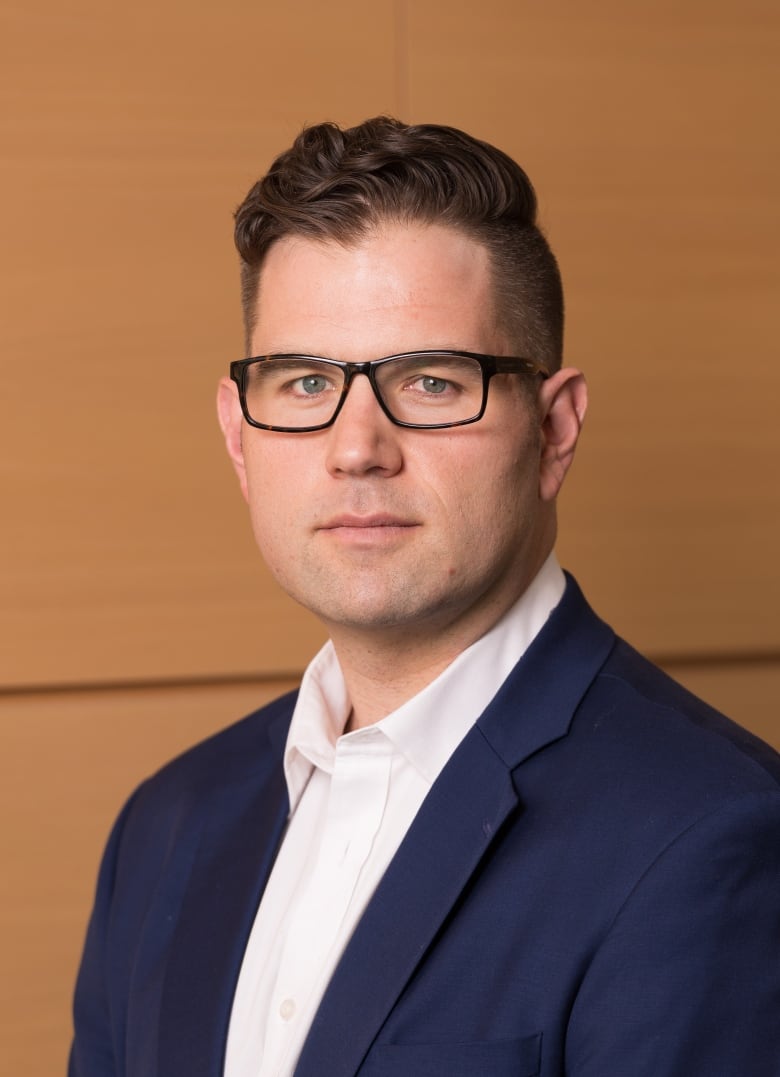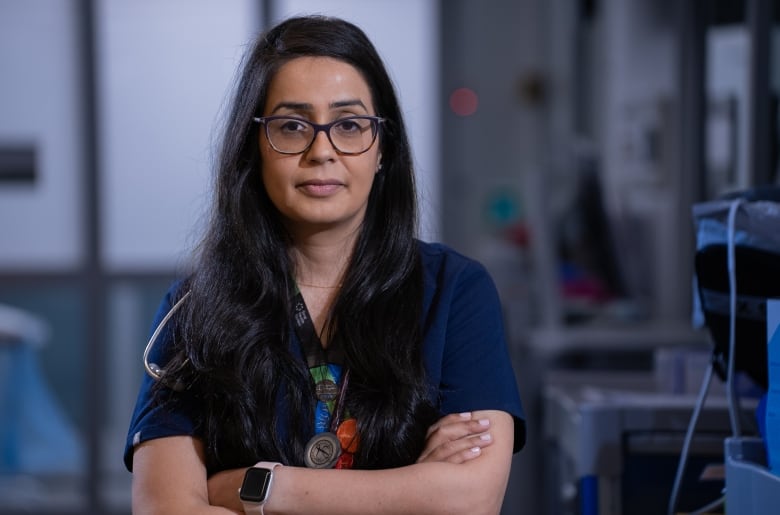Cancer continues to be the biggest killer in Canada, but more people are surviving up to 25 years after being diagnosed, a new study has found.
Cancer is the leading cause of premature death, researchers said in Monday’s issue of the Canadian Medical Association Journal. It also accounted for 25 per cent of deaths in 2022, according to Statistics Canada data.
Overall, the researchers projected there will be 247,100 new cancer diagnoses and 88,100 cancer deaths in 2024.
That’s up from an estimated 239,100 cancer cases and 86,700 cancer deaths last year.
They attributed the increase to an aging and growing population. However, overall case and death rates are declining.
“The good news is that we’re doing better at treating these cancers and more people are surviving,” said study author Darren Brenner, an epidemiologist and associate professor at the University of Calgary’s Cumming School of Medicine, in an interview with CBC News.
Brenner credited organized screening programs for having a profound impact on the number of people diagnosed with breast and colorectal cancer.
They also pointed to “notable improvements” in lung cancer incidence and mortality, which they attributed to anti-smoking campaigns and avoidance.
And more people are surviving: An estimated more than 1.5 million people diagnosed with cancer in Canada are living for up to 25 years after diagnosis, the researchers said.
For this study, Brenner and his co-authors estimated the number and rate of new cancer cases and deaths in 2024 for 23 cancer types by province or territory and sex.
Hearing a life-altering diagnosis minutes of meeting
The increase in the number of people being diagnosed is concerning for another reason: More people are receiving cancer diagnoses at the emergency department, wrote Dr. Keerat Grewal, clinician scientist at the Schwartz/Reisman Emergency Medicine Institute at Toronto’s Mount Sinai Hospital, and Dr. Catherine Varner, a CMAJ deputy editor, in a related editorial.
One in five people in Canada report not having regular access to a primary care provider, like a family physician or nurse practitioner they see regularly. Of those who do have one, many say their access is poor, they wrote, citing a 2023 survey.

In an interview, Grewal called it distressing for both the patient and provider to discuss a cancer diagnosis in the emergency department, where they’re often missing support from a loved one. And emergency doctors have typically never met the patient before, and may have only spent 10 or 15 minutes with them, before giving them a life-changing diagnosis.
Between 2012 and 2017, 26 per cent of patients with cancer in Ontario received their diagnosis after an emergency department visit, according to a previous study.
The pair said that proportion appears to have worsened substantially in the recovery period from the COVID-19 pandemic. That’s a problem because cancers caught in the emergency room are often later stage — and therefore patients have lower chances of survival — and patients are usually older, with lower incomes and no access to primary care.
Emergency departments are routinely overcrowded, with patients receiving care in waiting rooms, hallways and utility closets, the pair wrote. Patients overwhelmingly report the lack of privacy as “distressing and inappropriate.”
There has been a significant increase in younger people being diagnosed with cancer. CBC’S Shannon Martin speaks to Miyo Yamashita, CEO and president of Princess Margaret Cancer Foundation, about the different kinds of cancers millennials face, and how the hospital’s research centres are studying early detection blood tests.
Patients with cancer struggle without family doctors, oncologist says
The study’s findings speak to how some cancers are preventable, and the importance of effective primary care, said Dr. Tim Hanna, an associate professor in the department of oncology at Queen’s University, who was not involved with the research.
On a personal level, Hanna, a radiation oncologist, said it’s hard to see his patients with melanoma regularly struggle without access to primary care.
“It can make it much harder to get the answers and to get that care you need as you go through these experiences with cancer,” Hanna said.

He gave the example of someone thinking they have a new spot on their skin without having a program to turn to for next steps.
Difficult to deliver the news to family
Nicole McRonney-Apaw, 35, of Toronto, credits her family doctor for acting quickly, after she felt a lump in her breast when she was working from home during the pandemic.
McRonney-Apaw had been going to a walk-in clinic, and a doctor there eventually agreed to become her family physician.
One day, when she was called into her doctor’s office specifically in person, she brought her loved ones along. She correctly figured that if it were just routine, then the session would have been over the phone.
At the office, she was diagnosed with breast cancer.
“She gave me a hug,” she said, recalling how her doctor broke the news to her. “That kind of empathy, you can’t teach, so it was really appreciated.”
While McRonney-Apaw wonders what could have happened without that first diagnostic test, she said the worst part of the experience was telling her family.
“Having to deliver that news was really the hardest part, because I am young and I don’t think it’s something that my parents expected for me.”




